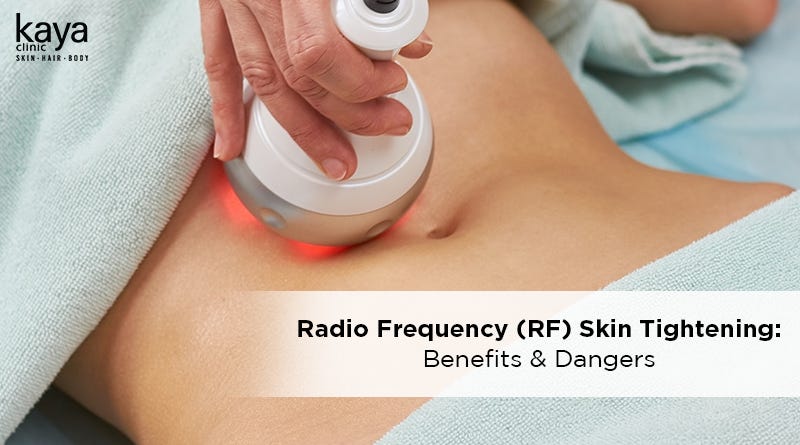Dark Spots On The Skin: Causes, Treatments And Self Remedies

Oh, the darkness! No, it’s not a bad thing. A lot of us have been conditioned to believe (mostly owing to the category of folks who would preach more than they practice) that having dark spots on your face means the end of the world. One may also wrongly be of the impression that dark spots on face are permanent and just like people who force you to watch ten minutes worth of footage of their babies doing absolutely nothing, that there is no way to escape them.
However, the reality of the situation is quite different. It might be harder to get out of watching that video than it may be to find a solve for your dark spots. Dark spots are not your nemesis. It is a fairly common occurrence and most people will have to face them at some point of time in their lives.
Often also referred to as pigmentation on face or sunspots on face, let’s learn a little more about its causes, prevention, and treatment.
Causes of Dark Spots on Face
Pigmentation on face stems from a biological compound produced by our body known as melanin. Melanin is responsible for producing and providing pigment that gives colour to your skin, hair, and eyes along with serving as a protective barrier from harmful UV radiation that damages our cells, through absorption of this radiation.
Now, when the skin produces an excessive amount of melanin, that can lead to hyperpigmentation which in turn results in dark spots. Hyperpigmentation can be caused by several factors such as:
- Repeated sun exposure
- Scarring
- Hormonal changes
- Ageing
However, it is important to note that not every dark spot may be pigmentation or sunspots, which is why it is always best to first consult with your doctor before starting any preventive measures or treatment.
How to Prevent Dark Spots
You don’t have to wait for dark spots to make themselves known to your skin before you wake up to them out of nowhere one fine day. There are preventive measures you can take early on to reduce, if not completely avoid their chances of coming into your life uninvited.
A few simple yet effective steps you can take to keep hyperpigmentation at bay are:
- Don’t step into the sun without wearing sunscreen of SPF 30 or higher
- Wear protective gear such as sunglasses, a hat, covered clothing to protect skin from UV damage
- Treat skin inflammation at the earliest
- Wash face thoroughly and clean hands before touching your face
- Hydrate regularly to flush out toxins
How to Treat Dark Spots
In the instance that these little guys are relentless and manage to nudge their way through — a lot like the unwanted guest who can’t seem to grasp the most obvious of hints (read: “I have a doctor’s appointment” to which they respond with “I’ll see you after”) — it’s not a lost battle. There are ways in which you can do some damage control.
Here are some hyperpigmentation treatments you can consider:
Self Remedies
This is a good option for less stubborn visitors.
- There are some organic ingredients that are naturally rich in properties to help reduce pigmentation and you can use them to prepare masks at home. These include apple cider vinegar, aloe vera, green tea extract, licorice extract, coconut milk, to name a few.
- Additionally, store bought alternatives in the form of retinol creams or AHA acids can also be useful. You can try Kaya’s Dark Spot Corrector made of Niacinamide & Azeloglicina with a touch of Grape Seed Oil and Licorice or the Kaya Pigmentation Reducing Complex Cream with Zelaic Acid and Phytic Acid that inhibit tyrosinase to reduce spots and further darkening of existing marks.
Professional Treatments
In case of more permanent guests, you might have to consider professional help. How to remove black spots from face can include these skin treatments offered by our clinics at Kaya:
- Chemical Peel for Pigmentation or Intense Clarity Peel: A highly effective, combination peel that makes use of derma peels and botanical actives, with natural skin lightening and depigmentation properties, to leave your skin healthier and with a more even skin tone.
- Laser Treatment for Pigmentation or Insta Clarity Laser Action: This service uses a Q-Switch laser that penetrates your skin to target only the pigmented spots, leaving other areas unaffected. It is effective on both superficial and deeper pigmentation.
Read more about these services in detail here. Join the Kaya Life with 100+ skin care specialists who curate products especially for you. Being around for 18 years, we understand Indian skin (and sentiments) better than anyone. Book an appointment online today. Remember, it’s never too late to tell unwanted company goodbye!
References:










